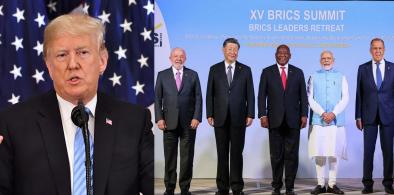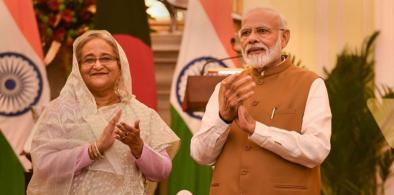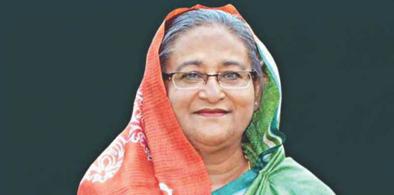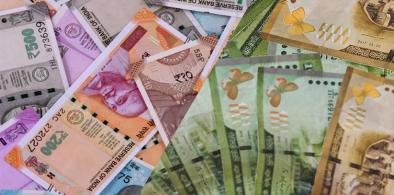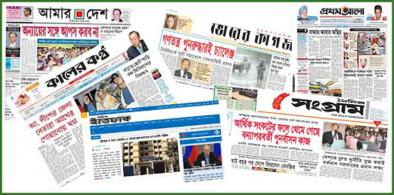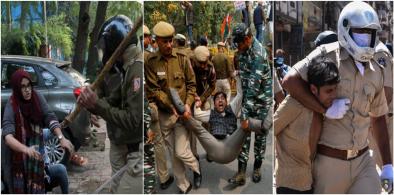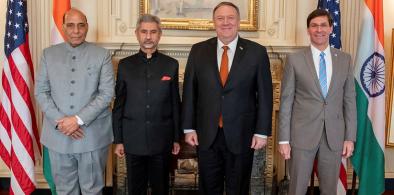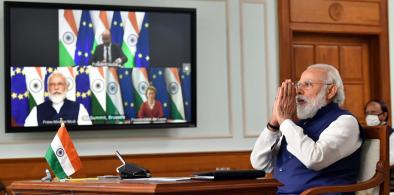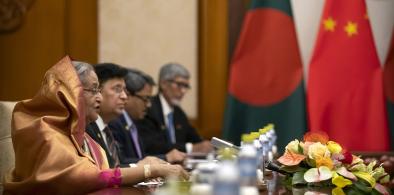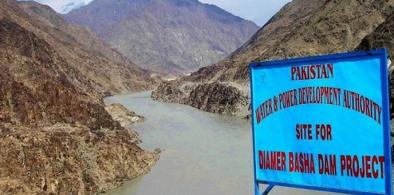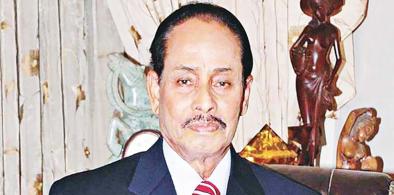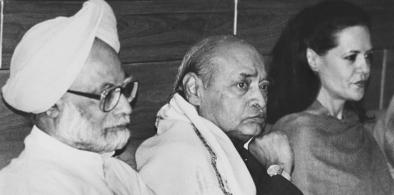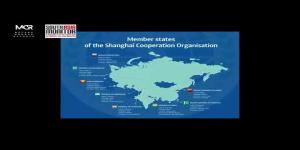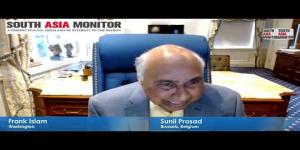The Narerri Lagoon along the coast of the Arabian Sea, in the extreme south of district Badin in Sindh province, has been one of the few famous natural lakes of the province which is a recognized Ramsar wetland site since 2001, writes Muhammad Abbas Khaskheli for South Asia Monitor

India-Bhutan Relationship Offers A Constructive Model For South Asia And A Peaceful Himalayan Region
Beyond India–Bhutan relations, the visit conveys a wider message to South Asia: cooperation grounded in respect, development, and stability remains essential in an uncertain global environment. As the region evolves, India appears to recognize the importance of maintaining strong partnerships without pressuring smaller neighbors or escalating strategic competition.
Red Fort Blast: India Facing A New Form Of Jihad?
The involvement of four doctors, one of whom allegedly executed the Red Fort blast, indicates a model that blends 'inspired' radicalisation with limited external facilitation. Interactions with certain outfits, Kashmiri terror commanders, and external handlers—if confirmed—point to an infrastructure that encourages attacks while maintaining plausible deniability.
The Nuclear Reckoning: Moment Of Awakening For India
It is time for India, along with like-minded nations across Asia, Africa, and Latin America, to articulate a shared agenda of non-alignment 2.0, not as a posture of neutrality but as a strategy of autonomy. The original Non-Aligned Movement (NAM) emerged from the Cold War’s bipolar tension; its modern counterpart must respond to multipolar volatility.
Endangered Indigenous Languages of South Asia: With Dominant Languages Replacing Mother Tongue, Are They Doomed To Die?
The world over, as is evident from the Atlas of endangered languages, there is a thrust of the dominant languages taking a precedence and most of the endangered languages are likely to disappear by 2100. Soon, possibly in the near future, the grand and great grand-children of the present generation may not be able to tell the story of their own mother tongue. Some of these languages will be lost forever and will only be limited to the pages of gazetteers and history books.
Envoy change signals tough road ahead for India-Bangladesh ties
Hasina's government has also been very distressed with provisions in the Indian Citizenship Amendment Act, which singles out Bangladesh, along with Pakistan and Afghanistan, as nations which persecute their minorities, writes Nilova Roy Chaudhury for South Asia Monitor
Bangladesh PM Hasina as South Asia's peacemaker?
Hasina has some of the finest diplomats and public faces to handle the initial take-off of a South Asian peace process, if she were to push it, though much depends on how India and Pakistan respond, writes Subir Bhaumik for South Asia Monitor
India's currency swap agreements would help South Asian economies
While countries of the South Asian region are taking individual steps to battle COVID-19, currency swaps have emerged as an important tool of economic cooperation in the region, writes Partha Pratim Mitra for South Asia Monitor
Double whammy puts Bangladesh media in deep crisis
The media and newspaper industry in Bangladesh face two major challenges: First, economical challenges, and second, the repression by the government that has stifled the freedom of expression and has made various attempts to silence critical coverage, writes Aashish Kiphayet for South Asia Monitor
Police brutality: The unavowed reality of India
The colonial legacy of the Indian police highlights how the use of force is endemic to policing in India, manifest in the organizational structure and the professional culture which often tolerates and even promotes abuse, write Subhranil Ghosh and Sreemoyee Majumder for South Asia Monitor
Changing dynamics of deterrence in international security and strategic paradigm (Part 1 of two-part series)
Deterrence requires a national strategy that integrates diplomatic, informational, military, and economic powers. India must develop strategies, plans, and operations that are tailored to the perceptions, values, and interests of specific adversaries, writes Lt Gen P R Kumar (retd) for South Asia Monitor
India should sign a defence treaty with US
In the event of any hostility with China, India will have to fight two-front war because Pakistan also has assembled a sizeable number of troops and military assets in Pakistan Occupied Kashmir, writes Susmit Kumar for South Asia Monitor
Indian foreign policy is changing in response to Chinese challenge
India under PM Modi is charting new territory in a clear break from the past. Indian foreign policy has shifted its goalposts, both in style and substance, writes Amb Bhaswati Mukherjee (retd) for South Asia Monitor
China now has strategic interest in Bangladesh
Bangladesh is strategically important to China for dominating the Bay of Bengal in conjunction with Myanmar, writes Lt Gen P. C. Katoch (Retd) for South Asia Monitor
Is the Diamer-Bhasha dam in Pakistan a boondoggle?
The Pakistan government claims that the Diamer-Bhasha dam project will generate 4,500 megawatts of electricity which will be much cheaper in cost. But the reality is that the world has much better, environmental-friendly, cheaper, and sustainable solutions to generate electricity, writes Muhammad Abbas Khaskheli for South Asia Monitor
India-US naval exercises: Can symbolism translate into powerplay?
Despite the US raising the ante with China over South China Sea and prioritizing freedom of the oceans, New Delhi remains wary of entering into a formal alliance with Washington, writes C Uday Bhaskar for South Asia Monitor
Ershad's first death anniversary: Despotism still survives in Bangladesh
Ershad may have gone, but his shadow can still be seen in the political theatre of Bangladesh, writes Aashish Kiphayet for South Asia Monitor
P.V. Narasimha Rao: The undervalued PM who changed India's destiny
It is to Rao's credit that within a short period of time he not only arrested the decline of his party but was able to unite the country on the most productive political platforms since the freedom movement - the pursuit of prosperity, writes Tarun Basu for South Asia Monitor
Tidings of a bountiful monsoon could lessen economic woes in India, South Asia
The southwest monsoon’s impact is felt throughout South Asia. Above-normal rainfall is likely over Pakistan, the Maldives, and Sri Lanka, while it could be less than normal in Bangladesh, writes N Chandra Mohan for South Asia Monitor




